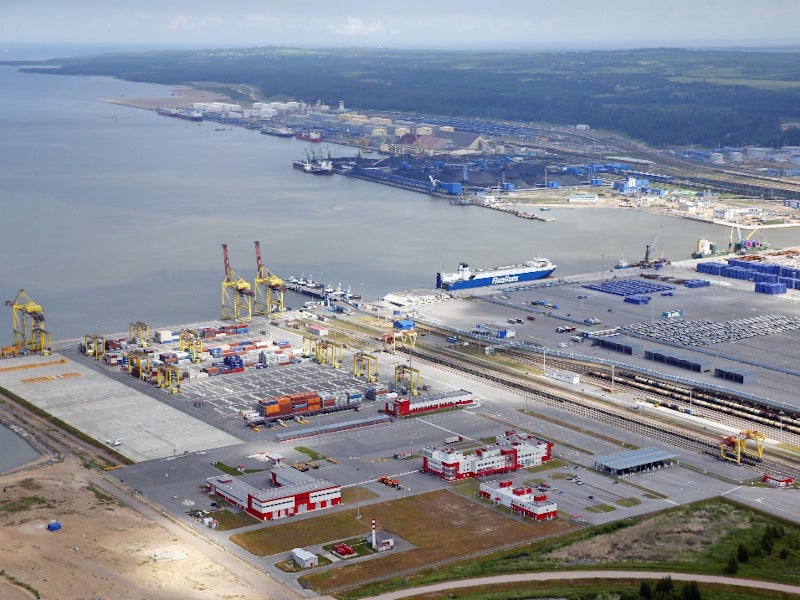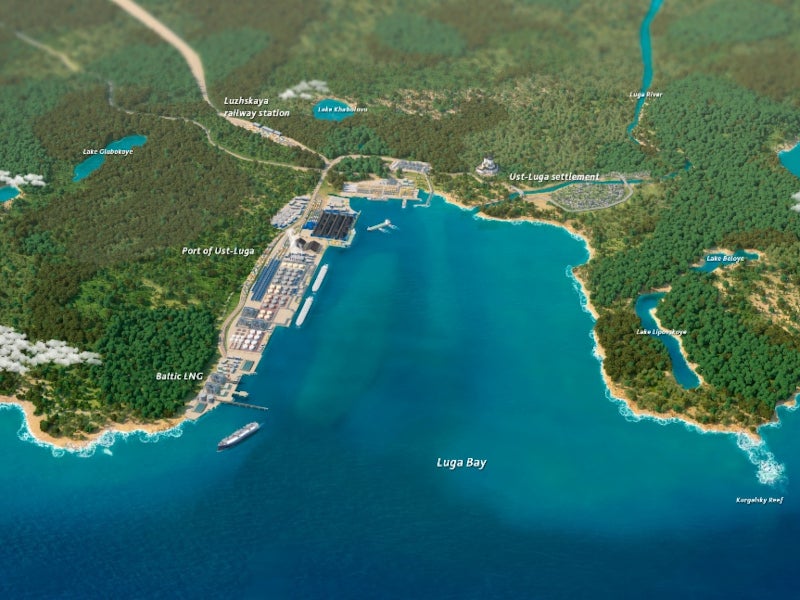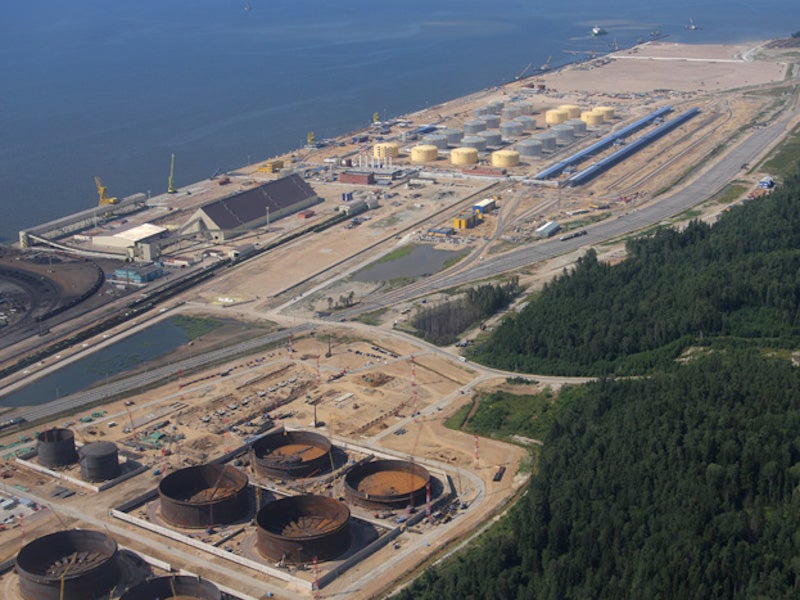The Baltic LNG project is an integrated gas processing and liquefaction facility proposed at Ust-Luga, Leningrad Oblast, Russia. The total estimated investment for the project is approximately £8.1bn ($10.5bn).
The integrated LNG production complex is planned to be jointly developed by Russia’s state-run gas behemoth Gazprom and RusGazDobycha, a subsidiary of the National Gas Group (NGS).
The facility will be operated by RusKhimAlyans, a special purpose vehicle established by both the companies.
Scheduled to commence operations in 2023, the Baltic LNG complex will process 45 billion cubic metres (bcm) of gas to produce 13 million tonnes (Mt) of LNG, 4Mt of ethane and more than 2.2Mt of liquefied petroleum gases (LPG) a year.
Baltic LNG project background
The Baltic LNG project was originally proposed to be developed by Gazprom and the Anglo-Dutch oil company Shell.
Gazprom and Shell signed a memorandum of understanding (MoU) for the joint development of the project at the International Economic Forum in June 2016.
The companies signed heads of agreement for the Baltic LNG project in 2017, while a framework agreement on the design concept was signed between the two companies in October 2018.
However, Shell decided to exit the project after Gazprom changed the development concept to integrate the LNG project with its gas processing facilities and collaborated with RusGazDobycha to implement the project in March 2019.
Location and site details
The Baltic LNG project is proposed to be developed on a 1,400ha-site in the southern part of the Baltic Sea port of Ust-Luga, in Leningrad Oblast, Russia.
The LNG plant and other gas processing facilities at Ust-Luga
The Baltic LNG project at Ust-Luga includes an LNG export facility with two liquefaction trains of 6.5Mtpa capacity each, as well as other processing plants to produce up to 4Mtpa of ethane and more than 2.2Mtpa of LPG.
The first LNG train is scheduled for commissioning in 2023, while the train two is expected to come on stream in 2024.
While the LNG and LPG output is meant for export, the ethane produced at the facility will be delivered to a nearby gas chemical plant to be developed by RusGazDobycha, for producing up to 3Mt of polymers a year.
The Ust-Luga processing complex will treat approximately 45bcm of gas annually. The residue gas after processing (approximately 20bcm per annum) is also planned for export through the Nord Stream 2 pipeline.
Feed-gas supply for the Baltic LNG complex
The Ust-Luga LNG complex will be supplied with natural gas from the Achimov and Valanginian deposits located in the Nadym-Pur-Taz region of West Siberia.
The feed-gas for the processing complex will be sourced via the Northern Lights pipeline section of Russia’s Unified Gas Supply System (UGSS).
Financing for the Baltic LNG project
Russian state-owned development bank VEB (formerly Vnesheconombank) agreed to lend up to £1.3bn ($1.6bn) for the Baltic LNG project in September 2019.
The project is also expected to be financed by other state banks as well as the Russian Sovereign fund.
Technology provider
Gazprom is expected to utilise the liquefaction technology developed and patented by German-based industrial gases group Linde.
Potential contractors and partners
Gazprom signed an MoU with Japan-based Mitsui for a preliminary front-end engineering and design (pre-FEED) study for the Baltic LNG project in September 2018.
Japan’s Itochu Corporation also confirmed its interest to participate in the project by signing an MoU with Gazprom in December 2018.





